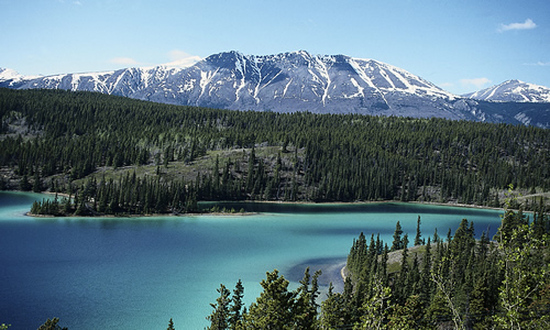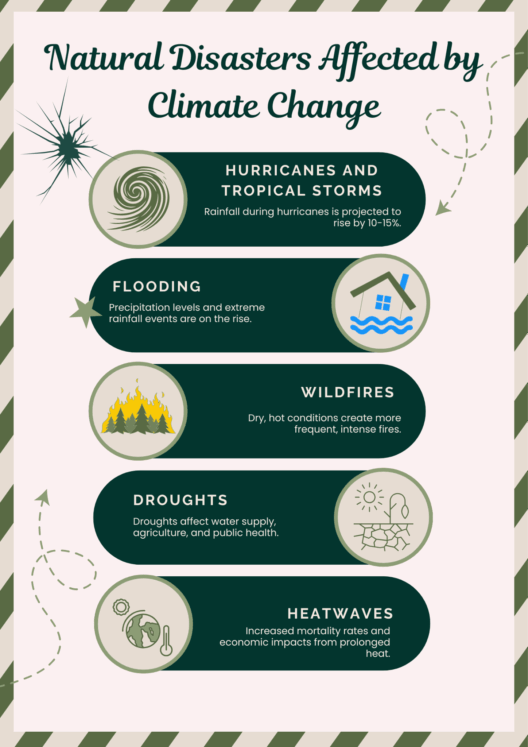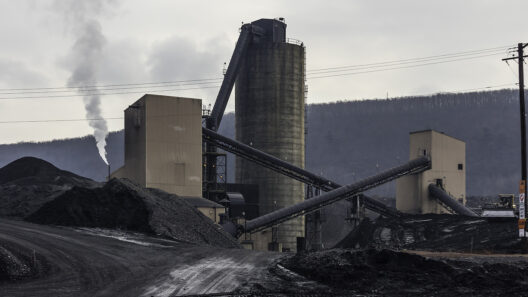The taiga climate, also known as the boreal forest or snow forest, presents a captivating yet harsh environment that showcases the resilience of life amid chill and adversities. Spanning across vast regions of the Northern Hemisphere, encompassing parts of Canada, Russia, and Scandinavia, the taiga is characterized by its unique climatic attributes that significantly influence both its ecosystems and the organisms inhabiting them. Understanding the intricacies of the taiga climate not only unveils the natural world’s wonders but also highlights the pressing issues related to climate change that threaten this biome.
One of the most striking aspects of the taiga is its frigid temperatures. Winters are long and biting, often lasting for six months or longer. Average winter temperatures can plummet to -30 degrees Celsius (-22 degrees Fahrenheit) or lower, producing a formidable cold that is not welcoming to all. Conversely, summers are notably brief, spanning only a couple of months, with temperatures occasionally soaring above 20 degrees Celsius (68 degrees Fahrenheit). This dramatic shift contributes to a unique climatic profile that defines the taiga.
Precipitation in the taiga is relatively modest, with annual averages ranging from 300 to 850 millimeters. This precipitation primarily falls as snow during the lengthy winter months, contributing to the dense blanket that covers the forest floor. This snow accumulation, combined with the impermeability of frozen ground, affects the hydrology of the region, leading to the formation of a layer known as permafrost. The interactions between this permafrost and seasonal thawing phases are critical for understanding the ecological dynamics within this biome.
Interestingly, the boreal forest thrives despite its seemingly inhospitable conditions. The flora, primarily coniferous trees such as spruce, fir, and pine, have adapted remarkably to withstand sensibility extremes. These trees exhibit needle-like leaves that minimize water loss and have developed a conical shape to shed snow, thereby preventing breakage during heavy snowfall. Moreover, the forest floor is often carpeted with a mix of mosses and lichens able to endure the darkness of long winters and the transient warmth of summer.
Fauna in the taiga has similarly evolved to cope with its chilling temperament. Species such as the red fox, moose, and lynx exhibit behaviors and physiological adaptations that enable them to thrive in this stark environment. Many mammals, for instance, display seasonal fur changes, becoming denser and lighter in color during winter. Moreover, various species enter into a state of behavioral dormancy, conserving energy and resources when conditions become dire.
The taiga climate fosters rich biodiversity, teeming with life despite its adversities. The food web here is intricate, with primary producers, herbivores, and carnivores interlinked in a delicate balance. Various migratory birds flock to the taiga during the brief summer months, taking advantage of the brief abundance of insects and other food sources. This seasonal influx enriches the ecological tapestry of the boreal forest, underscoring the connectivity of ecosystems across the globe.
However, this captivating biome is not immune to the effects of climate change. The warming climate poses grave threats to the delicate balance of the taiga. As temperatures rise, the permafrost layer begins to thaw, resulting in the release of stored carbon dioxide and methane, potent greenhouse gases that exacerbate global warming. This paradoxical situation reveals the taiga’s dual role as both a carbon sink and a potential source of emissions, which could have profound implications for global environmental stability.
Furthermore, increased temperatures can shift species distributions, leading to alterations in the composition of flora and fauna. Invasive species may flourish, outcompeting native species and disrupting established ecosystems. The consequences of these shifts are far-reaching, impacting not only local biodiversity but also the livelihoods of communities that depend on the boreal forest for resources and cultural significance.
Addressing the climate crisis necessitates a comprehensive understanding of the taiga’s unique characteristics and the challenges it faces. Conservation efforts aimed at preserving this vital biome are of paramount importance. Strategies, such as reducing greenhouse gas emissions and implementing sustainable resource management practices, can mitigate some effects of climate change. Engaging local communities in stewardship and conservation initiatives is also critical in fostering a sense of responsibility and sustainable interaction with this remarkable ecosystem.
The taiga climate is a complex interplay of resilience and vulnerability. The allure of the boreal forest lies not only in its ethereal beauty but also in its critical role in the Earth’s climate system. Understanding this intricate environment allows individuals to appreciate the nuances of natural ecosystems while emphasizing the urgency of climate action. Promoting awareness and instilling a sense of responsibility toward preserving the taiga are essential steps in safeguarding its future for generations to come.
In conclusion, the taiga climate, with its formidable winters and fleeting summers, presents a world where life endures against the odds. Its ecosystems, shaped by unique climatic conditions, reveal the fascinating interplay between flora, fauna, and climate. Yet, the imminent threats posed by climate change illuminate the fragility of this expansive biome. Hence, nurturing a collective commitment to environmental stewardship is not just wise; it is an imperative. The chilly world of the boreal forest awaits our awareness and actions, demanding that it be revered as a vital player in the fight against climate change.






